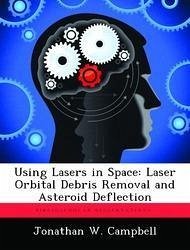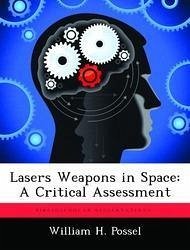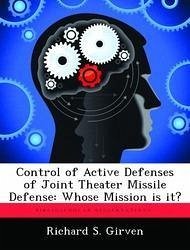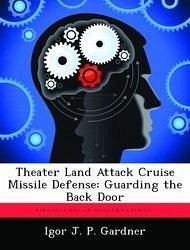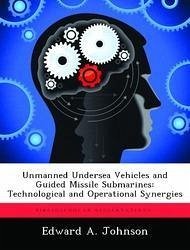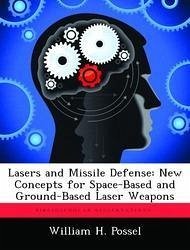
Lasers and Missile Defense: New Concepts for Space-Based and Ground-Based Laser Weapons
Versandkostenfrei!
Versandfertig in über 4 Wochen
52,99 €
inkl. MwSt.

PAYBACK Punkte
26 °P sammeln!
weapons? Recent advances in lasers, optics, and spacecraft technologies may bring high-energy laser weapons to a sufficient level of maturity for serious consideration as space weapons against the theater ballistic missile threat. However, these technological advances also make other architectures possible, such as the use of terrestrial laser sources with space-based relay mirrors or a mixed force of space-based lasers with orbiting relay mirrors. An important question is how these dramatic technology improvements have affected the strategic employment concepts for high-energy laser weapons. ...
weapons? Recent advances in lasers, optics, and spacecraft technologies may bring high-energy laser weapons to a sufficient level of maturity for serious consideration as space weapons against the theater ballistic missile threat. However, these technological advances also make other architectures possible, such as the use of terrestrial laser sources with space-based relay mirrors or a mixed force of space-based lasers with orbiting relay mirrors. An important question is how these dramatic technology improvements have affected the strategic employment concepts for high-energy laser weapons. This study presents a comparison of competing space-based architectures given the progress made with high-energy lasers, large optics, and atmospheric compensation techniques within the past several years. Three space-based architectures are evaluated against the potential ballistic missile threat: space-based lasers, ground-based lasers in conjunction with orbiting mirrors, and a combined approach using space-based lasers with orbiting mirrors. The study evaluates the technological risks and estimates the development and deployment costs. In addition, technology development programs are described for each of the architectures so that the high-risk areas will be better understood. The conclusion of this study is that the most technologically sound and cost-effective architecture is to use space-based lasers with orbiting mirrors. This approach not only minimizes the overall technological risk but also reduces the total weight and, therefore, cost of placing these weapon systems on orbit.



